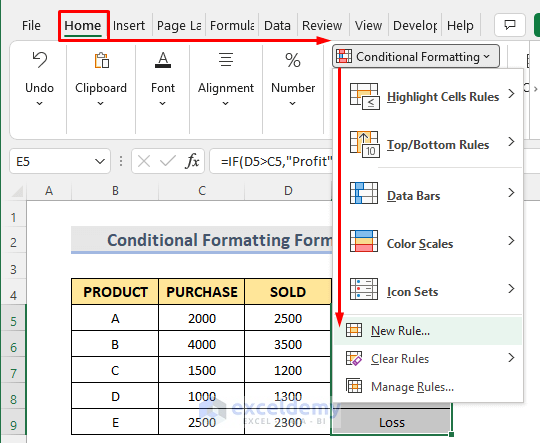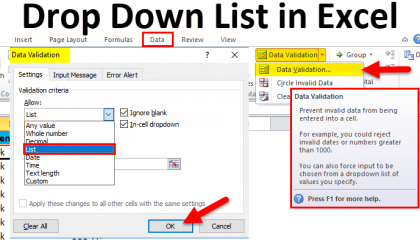

How to create a conditional formatting rule using a formula So, let's see how you can make a rule using a formula and after that I will provide a number of formula examples for different tasks. If you want to apply conditional formatting based on another cell or format the entire row based on a single cell's value, then you will need to use Excel formulas. I am talking about Data Bars, Color Scales, Icon Sets and other rules available to you on the Conditional Formatting button click. How to fix Excel conditional formatting not workingĮxcel formulas for conditional formatting based on cell valueĮxcel's pre-defined conditional formatting rules are mainly purposed to format cells based on their own values or the values you specify.Examples of Excel conditional formatting formulas.

How to create a conditional formatting rule with a formula.This is often considered advanced aerobatics of Excel conditional formatting and once mastered, it will help you push the formats in your spreadsheets far beyond their common uses. Today are going to dwell on how to use Excel formulas to format individual cells and entire rows based on the values you specify or based on another cell's value. If you do not feel very comfortable in this area, you may want to look through the previous article first to revive the basics - How to use conditional formatting in Excel. Unlike arrays, the built-in database functions are designed specifically for this purpose, and even when they reference a very large range and are used in large numbers, the negative effects they have on recalculation speed and efficiency are quite small compared to those of array formulas.In this tutorial, we will continue exploring the fascinating world of Excel Conditional Formatting. In the cell where you want your result, enter the following code: =DSUM($A$1:$A$100,$A$1,SumCriteria)ĭSUM is the preferred and most efficient method of working with cells that meet certain criteria. If you need to deal with more than one factor, you can use an array formula. You can use the SUMIF function to add a range of cells that meet a certain criterion-but only one criterion. You don't need to worry about what conditional formatting you applied to these cells, but you do need to know the criteria that were used to flag the cells (in this case, cells with values between 10 and 20). Now you have to add the value of the cells that meet the criterion you just set and then specify the sum of the values using conditional formatting. You applied conditional formatting to these cells so that any numbers that fall between the range 10 and 20 are flagged. Say you have a long list of numbers in the range $A$2:$A$100.

With a bit of lateral thinking, however, you can achieve the same result without bothering with a custom function. The only trouble with using a custom function is that it does not pick up any formatting that is applied using conditional formatting. Excel users regularly ask, "How can I do calculations on only the cells that have a specific background color?" This question arises so often because Excel has no standard function for accomplishing this task however, it can be accomplished with a custom function, as shown in Count or Sum Cells That Have a Specified Fill Color.


 0 kommentar(er)
0 kommentar(er)
